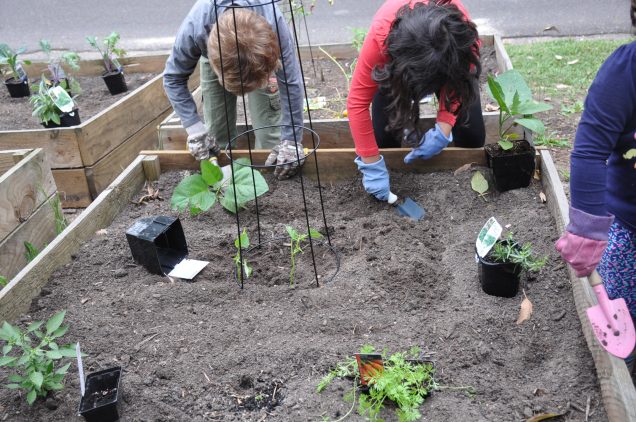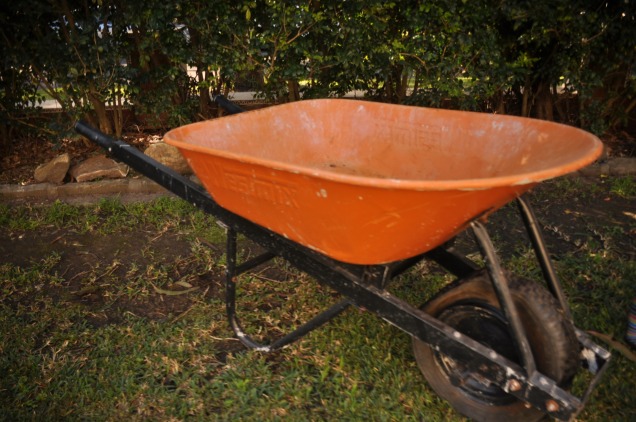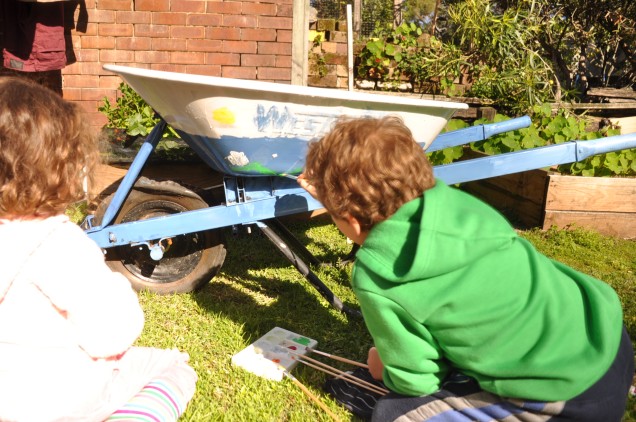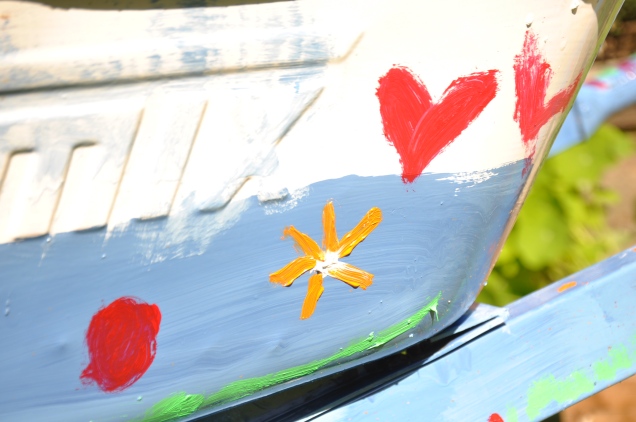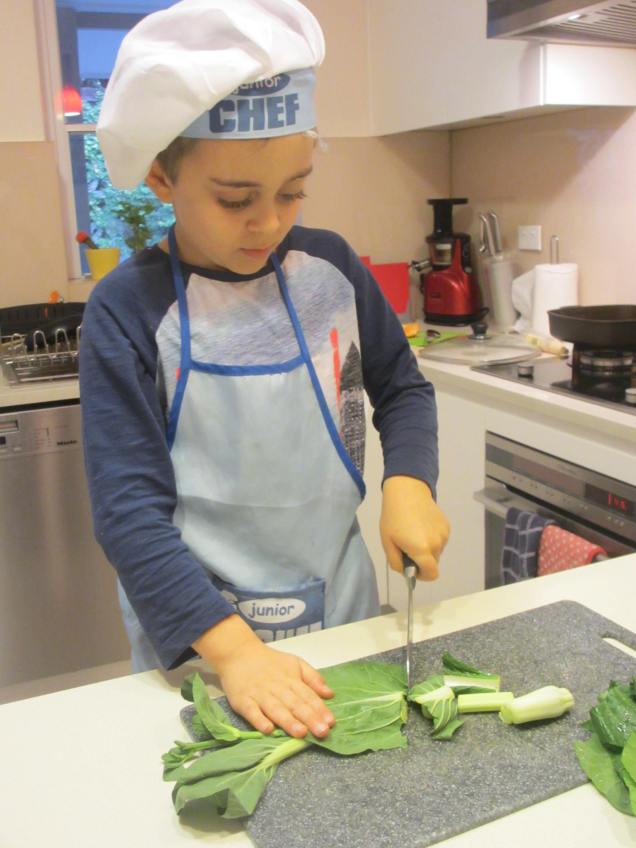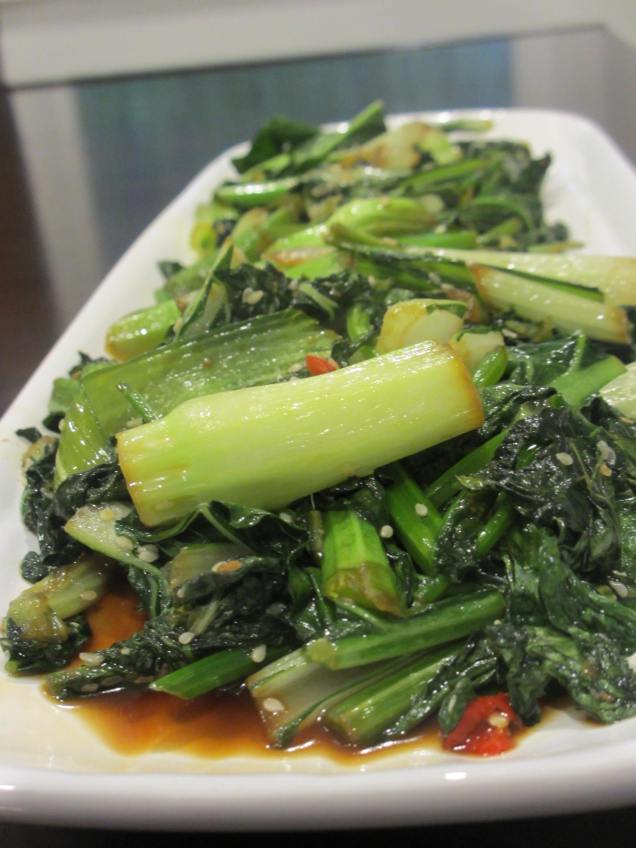
Any day now, the earth will pass a new milestone. Far away from where most of you live, but not so far from me, in a remote location of Tasmania, Australia, there is a place called Grim Point. For decades now, scientists at Grim Point have been collecting air quality data, which includes concentrations of carbon dioxide in the air.
Well the latest record related to our atmosphere that we are breaking, is that for the first time in recorded history the concentration of carbon dioxide in the air has reached 400 parts per million (PPM). Why is this so significant? Mostly, because it is so remote, it is said that Grim Point has the world’s cleanest air. Hence this new milestone is being seen as a point of no return for humanity.
For non-scientists, parts per million is a measure of the concentration (mass) of a chemical in water or in this case, the air. So for example the 400 ppm means for every 1 million gas molecules in our atmosphere, about 400 are carbon dioxide molecules.
It’s important to note that as well as the carbon emissions continuing to go up, every day there are stories about the earth heating up. This month another record has been broken – the warmest April on record. That’s seven months straight of record warm global temperatures. 2015 was the warmest year in recorded history also. Some people might think – yippee, endless summers and hey, I like summers like the next person, but when I hear that the the coral in the Great Barrier reef is bleaching and that Greenland ice sheet has started to melt early this year (http://www.smh.com.au/environment/greenland-ice-sheet-melting-has-started-early-20160429-gohx1z.html) I start to think hold on, all of this is very troubling and is pointing to an uncertain future if we don’t start seriously looking at carbon emissions.
What is a safe level? Before the burning of coal, the concentrations of carbon dioxide in the air was measured at 275 ppm. The organisation 350.org however states that 350 ppm is a safe level of carbon dioxide in the atmosphere. This would equate to 1 degree global temperature increase.

These new milestones were discussed on the radio the other day and lo and behold, there was a climate change sceptic on the radio and while I agree that we need to have a balanced view, I couldn’t get over the arguments put forward about whether there is any proof that carbon dioxide emissions are changing the earth’s climate. Despite the many many scientists that acknowledge that carbon emission are altering the earth’s atmosphere resulting from the burning of fossil fuels, there are some that refuse to believe the facts. It also annoys me that we still have to going to the lowest base as far as discussions are concerned. Rather than getting on with it, we have to keep arguing the facts and justifying any action at all!
I recently watched a documentary called Ice and the Sky / La Glace et le ciel (2015). This documentary follows Claude Lorius and his many expeditions to the south pole to study glaciers. During his studies he put forward a theory that the glaciers were able to tell us about the earth’s climate because they had layers similar to tree rings. He was also able to see that the air bubbles caught in the ice sheets were the fossil remains of the earth’s atmosphere, so he began studying them.
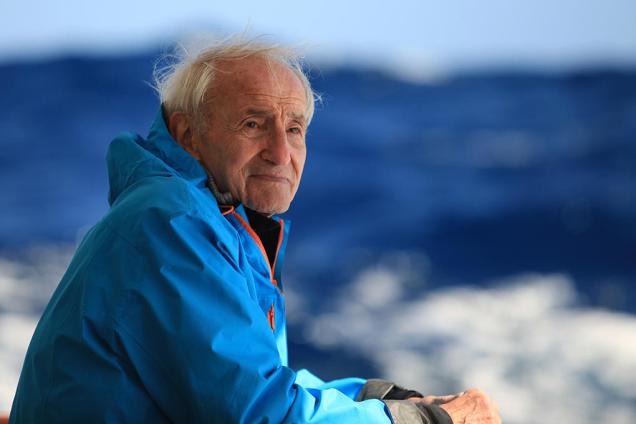
The story is a great one – through his studies and ever bigger machines he was able to dig deeper and deeper into glaciers and what he was able to see was the correlation between carbon dioxide emissions and the length of warm and cold periods. He was able to go back 800,000 years and his conclusion was the proof that carbon dioxide emissions were related to global temperatures. I don’t want to give away more than that, but really recommend the documentary. If you want to know more about the science behind how this important discovery was made, then please watch it.
You could even sneak it in as viewing to any climate change sceptics that you know.
Apart from getting into the nitty gritty of the science of climate change, we can all do our bit to help get carbon emissions down to 350 ppm. The mantra of ‘Think global, act local’ really can make a difference. If we do our part, collectively we can make a difference.
Do what you can around your home:
- Turn off lights and appliances when not in use;
- If you can, install solar panels and make your own energy!
- Buy accredited Green Power (sourced from renewable sources);
- Start walking, cycling or catching public transport instead of driving;
- Reduce, reuse or recycle your waste;
- Get composting or worm farming!
- Grow your own food;
- Support your local community and buy local;
- Discover the wonders of your local op shop (second hand store);
- Plants trees;
- Check out your local Council for any local action groups.
Spread the word:
- Keep up to date with what organisations like 350.org (http://350.org/) Greenpeace (http://www.greenpeace.org/australia/en/) World Wildlife Fund (http://www.wwf.org.au/) or Australian Youth Climate Coalition (http://www.aycc.org.au/) and spread the word. Talk to colleagues, your family or neighbours.
- Contact your local Council to see what they’re doing to address climate change. Are they making considerations of climate change risks in how they plan developments and how they design and construct stormwater systems for example?
- For those in Australia, contact your state or local MP to see what their policies are in relation to climate change. There’s an election on right now and scant discussion about this very important topic.








